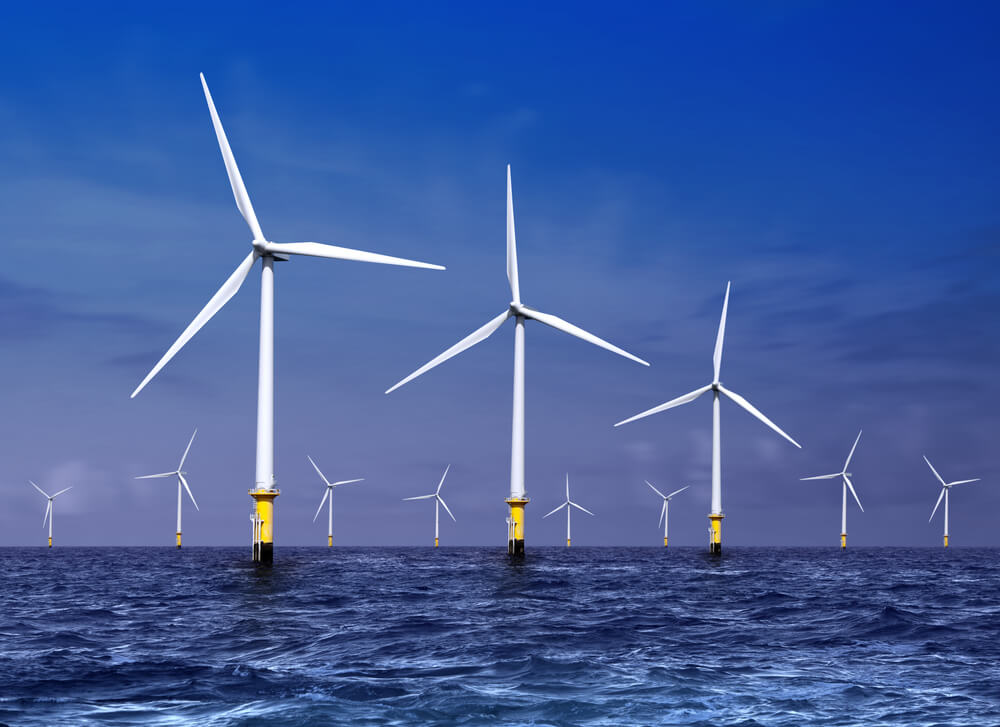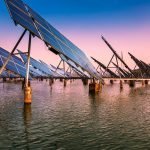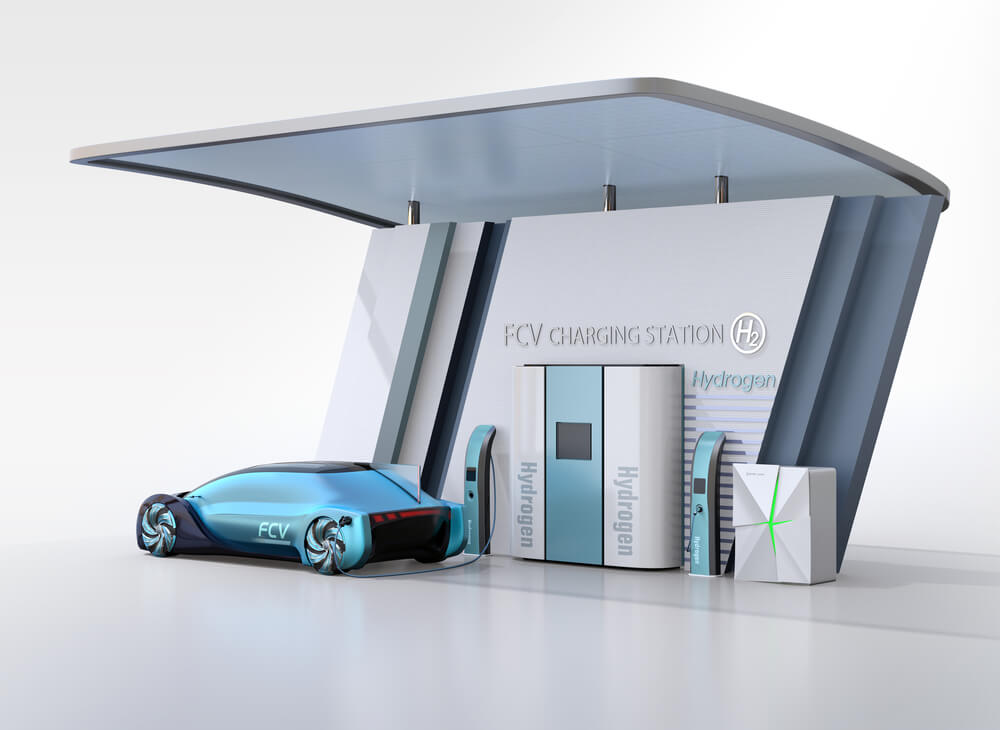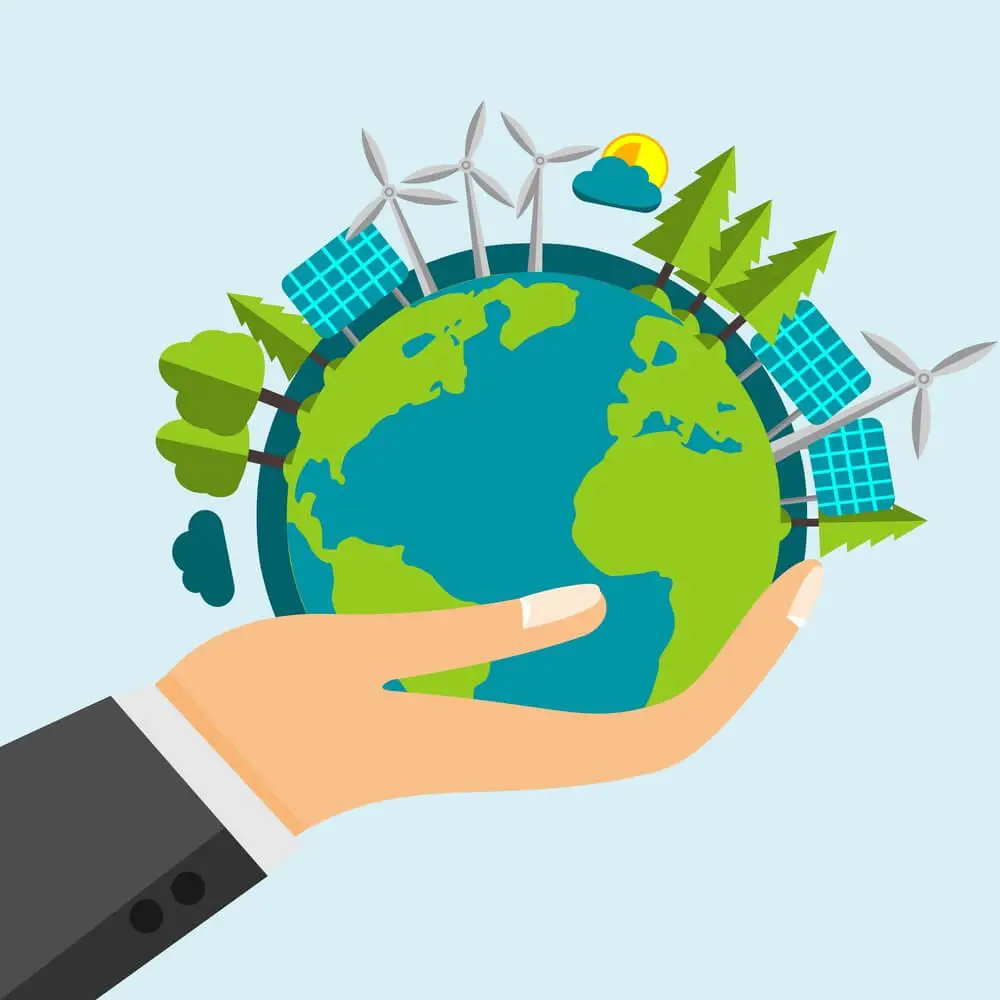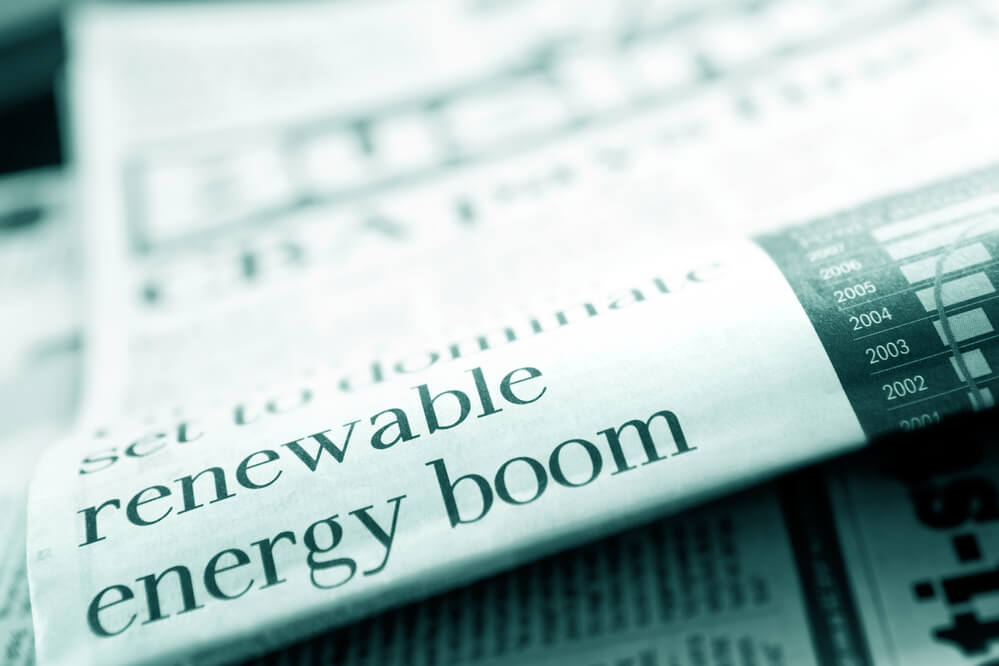Energy is sustainable if it can be replenished naturally, available long term, and can use technology to improve efficiency.
On the other hand, renewable energy originates from processes that are constantly replenished by nature.
With that said, does renewable mean sustainability? Let’s find out.
Does Renewable Mean Sustainable?
Renewable energy comes from nature and is constantly replenished by nature within a certain time frame. Sunlight, waves, rain, wind, and tidal are a few of these sources.
Biomass is also renewable energy; although there are ongoing debates about whether it’s carbon neutral.
26% of the global electricity is sourced from renewable energy with IEA (International Energy Agency) expecting the growth to peak up to 30% in 2024.
Every country can survive on renewables only (some places have proven this rightly)
Sustainable energy is the energy utilized to meet the current needs of a generation, without impairing the future use of the coming generation.
In other words, sustainable energy can be used now, tomorrow, and in the future (decades. Centuries)
Here’s the thing: not all renewable energy is sustainable!
For example, nuclear energy is considered renewable, for sure. Right?
However, nuclear power plant materials are not sustainable; which means while nuclear energy can be stored for future use, its materials are not ‘storable.’
The reverse is the case with some energy sources like wind, solar, and geothermal, which are renewable for use in the future (decades, centuries to come)
This implies that both wind and solar are renewable and sustainable.
Contrarily, we’re skeptical about the future existence of energies like hydroelectric because they rely on running water and turbines for energy generation.
The skepticism is on the future availability of running water because of the ongoing threat of global warming to water bodies like dams and rivers.
Therefore, although some renewable energies are sustainable, some are not.
Renewable Energy – How Sustainable is Sustainable Enough
Here’s the thing: sustainability differs. Because before we can classify an energy source as sustainable, it must tick the boxes for a variety of factors.
Let’s explore these factors:
- Cost
Some renewables like wave energy are expensive to set up and maintain. Even though they’re green and efficient, the thing is, are they really worth it?
Because they are expensive to set up, and with no potential for cost reduction in the future, this renewable and sustainable energy may go into extinction.
- Environmental effect
Renewable and sustainable energy sources like wind can be threatening to the ecosystem of a location. They could harm the birds!
Although wind energy is beneficial, it operates at the detriment of nature, making it more of a liability to the ecosystem.
Global application
The goal is to educate people, helping them switch to renewable energy sources to save the world from global warming. Unfortunately, not all these renewable energy sources are available universally. For example, because tidal and wave energy depends on water running and energy, they’re not usable in landlocked countries. In addition, not everywhere supports geothermal energy extraction.
As reported by Africa Sustainability Matters, geothermal energy can only be generated in Ethiopia and Kenya, meaning places far from these locations cannot enjoy the benefits (except if they’re ready to invest heavily)
Again, renewable energy is highly sustainable to serve both current and future generations. Here’s how:
Naturally replenishable
These energy sources depend on materials that can replenish naturally.
Up until now, the world will continue to experience sunshine responsible for solar energy:; wind, responsible for wind energy, ocean water responsible for wave energy and tidal energy; underground heat responsible for geothermal energy.
None of these energy sources are man-made. But by elements of nature like weather and sun.
And there’s no way human effort can stop these natural factors from replenishing themselves.
Available universally
The world is made up of 71% water. Ocean Holds about 5% of the water.
Sunlight shines through the earth every minute, with the earth’s rotation deciding the direction of sunlight.
That said,the wind is available all year round. However, some locations experience severe winds.
This implies that solar, wind, and waves are always available globally, all year long. Plus, everyone can benefit from them.
The wind is also always available, with some places experiencing severe winds at certain times in the year.
The sun will continue to shine. The wind will continue to blow. And future generations will continue to enjoy the renewable energy process.
Globally acceptable energy source
People love wind, solar, geothermal, and other energy sources. They’re globally accepted.
In a recent report from Gulf Gas and Power, Iceland uses over 100% renewable energy sources due to their special landscape.
98% of Norway’s energy source is renewable.
Kenya is 70%. Predictably, these figures will continue to rise which proves the global acceptance of this energy source.
Plus, it indicates their acceptance by future generations – a good sign that it is both sustainable and renewable.
What Is The Most Sustainable Source Of Energy?
The sun is the most efficient energy source. Let’s find out why.
Solar energy
Solar energy came from sunlight – the planet’s most freely and abundantly available energy source.
A surprising report from the National Renewable Energy Laboratory claims that the energy the sun dissipates into the earth in one hour is more than what the world can use in one year.
Between 2007-2017, the global energy installed by photovoltaic panels has skyrocketed up to 4,300%.
Solar panels contain photovoltaic (PV) systems that convert the sun into electricity through solar.
This is the result of the electricity we get in power devices, heat homes, and warm waters.
Sun energy is so sustainable that it can serve the present needs of the world at no detriment to future generations.
Wind energy
Wind farms accommodate. turbines that capture wind waves to convert them to electrical energy.
The Global Wind Energy Council reported that between 2001-2017, the global cumulative wind capacity increased from 23,900 MW to 539,000 MW, up 22 times.
Windmills help pump water on garden farms. Big organizations use top-level wind-powered generating systems.
Today, wind power is the cheapest sustainable and renewable energy source in the U.S accounting for over 7% of the overall generated power.
Frustrating noise from wind turbines during operation is the only downside of wind energy, except the fact that it can be harmful to birds.
Geothermal energy
Geothermal energy originated from strong heats trapped from beneath the earth’s surface.
Most times, the source of the heat is usually from a hot water reservoir or heated rocks.
Then Geothermal plants tap energy from this heat source and use them to generate electricity which serves both commercial and domestic needs.
This renewable energy can be unsustainable from excess use. Some researchers are beginning to predict its future depletion over time.
Wave energy
Wave energy derives its energy from oceans and is available in two ways: mechanically and thermally.
Ocean thermal energy involves energy derived from the surface of warm water. Ocean mechanical energy involves energy derived from tide flows for energy generation.
Wave energy is non complicated. It’s consistent and easier to predict, compared to solar energy.
Global wave energy is currently unused and can generate up to 2640 TWh/yr.1TWh/yr can power over 94,000 homes in the US a year.
On the flip side, it can be detrimental to the marine ecosystem and quite costly to set up.
Conclusion
Renewable energy comes from nature and is constantly replenished by nature within a certain time frame.
Sustainable energy is utilized to meet the current needs of a generation, without impairing the future use of the coming generation. Therefore, not all renewable energies are sustainable.
